I see more consolidation in the agency ecosystem: Ameer Ismail
As part of our latest series on ‘PR Conversation’, we at Adgully are speaking to some of the industry leaders from both PR agencies and the corporate communications world about how PR as a business and communication tool has evolved and grown over the years. In the last 10 years, PR has taken a different dimension, especially after the entry of social media in a big way. While the PR business has grown, some of the challenges that the industry is facing have also multiplied as clients are becoming more demanding and are expecting their consultants to be on their toes to manage their brand reputation, as news today travels fast and clients are expecting quick response and action in case of a crisis situation.
Ameer Ismail, President, GolinOpinion – MullenLowe Lintas Group,
How has PR evolved in the last 10 years? Going forward how will the industry shape up as the dynamics of the PR is changing with the acceleration of digital?
The past decade has seen major changes that have impacted PR. What is encouraging is that the relevance of PR has only grown as has its scale and recognition. Building and protecting reputation has never been more important. This evolution has been fueled by the remarkable changes in the way media is being consumed today. We live in a “digital everything” world. Digital and social media have democratised the spread of information and opinions. On a daily basis, we all scroll through so much data (in a global context, the size of a football field) that it has become increasingly difficult to capture audience attention. Hence, it is essential for brands to engage with their audiences in a far more compelling, real-time manner and through new age formats.
Going forward, I see more consolidation in the agency ecosystem. This includes a rethink in agency structures to allow cost rationalisation and access to talent in different ways, while collaborative models and open architecture to access wider competencies will be the new normal. Clients will also want to work with trusted agency partners and groups. This is where creativity in PR, smart content and measurability (with easy access to data and analytics) will continue to be the key differentiator.
Both on the client and agency sides, there will be a far greater focus on costs and, therefore, any investment made would need to be justified and demonstrate value and ROI. To get this right, agencies will need to invest disproportionately in tools, technology and talent.
The pandemic has disrupted everyone. In these times how have you managed the client expectations and how did you manage to keep engaged with your clients?
There is no question that the pandemic has been disruptive for everyone. In many cases, clients’ businesses have been severely impacted. The principle we have followed is to be empathetic and calibrate all our actions and responses accordingly. On an overall basis, we took a decision to support all our clients and ensure that we do all that we can do to be by their side in their time of need. The next thing we have effectively done is to stay committed to deliver relevant work and stayed consistently engaged on MS Teams meetings and calls to guide clients to communicate with authenticity and consistency.
How different are you as an agency and what are some of the interesting tools that you deploy to give the best in terms of result to your clients?
We are different as we are the most significant PR player to be also a part of a large agency group – the MullenLowe Lintas Group. With this lineage, we have the unique position of being familiar with concepts that the industry is only recently waking up to. For example, MullenLowe Lintas has always believed in the power of hyperbundling, long before it even became a catchword. This also extends to our “creativity first” approach to communication, which is ingrained in our DNA.
Our deep experience of over two decades spans across industries. Today, we can boast of a proven track record of working with large global brands like Starbucks, Marriott International, Etihad and many smaller brands that we have built from scratch over the years. We enjoy a reputation built by our clients’ success and the proof is the longevity of many of our relationships.
At the core of what we do is knowledge, creative content and strategic council that helps our clients navigate what is becoming a complex ecosystem of media and agencies. Our added advantage is that we can pull in global learnings and tools as well as in-house methodologies developed in India, where we feel they are required. An example that we have deployed for clients include Executive Relevance, that helps you assess leadership influence and then develop a program to curate image and impact. Most recently, we have Restart & Restrat, a proprietary planning tool developed during the lockdown to address the unique challenges thrown up by the pandemic.
Today, artificial intelligence and data analytics are becoming very important in marketing and communication. How is your agency making use of this to help you clients on overall messaging and achieving the desired ROI?
In the future, I believe that big data and AI will have a large role to play in how communication strategies are formulated. The predictive capabilities of AI will give agency planners a glimpse of trends that will shape narratives and help agencies define specific strategic interventions. One of the other major areas of impact that I foresee AI having is in helping PR professionals better understand content, consumption traits and readership behaviour. This is going to be vital as we continue moving from a “hunch-based” style of working to insight-driven approach. By combining insights received through big data, processing them through smarter AI and then crafting communications based on these insights, what you get is a near real-time communication that is more fine-tuned and targeted at each consumer set.
PR measurement and effectiveness of PR have always been subjects of debate. As a PR professional, what steps the PR industry should take to bring in uniformity so that everyone speaks one language when it comes to PR measurement?
This has been the biggest conundrum of PR for the longest time. In an environment where business is challenging and budgets need justification, the importance of both effectiveness and measurement cannot be more relevant and important. Every agency has been developing their own models, but I think the time has come for standardisation in measurement as well as rates. At GolinOpinion, we create transformational storytelling that is relevant to today’s audience and in formats that instantly engage a larger audience. Keeping this in mind, we thoughtfully craft brand messages that reach out to our target market through entertaining and innovative content. Measuring the impact of our communication is critical. Our digital division – the Bridge – acts as our nerve center, measuring conversations through active listening and analytics. We use a combination of these tools to deliver the right measurement metrics.
Getting the right skillset and training has always been a challenge in the PR profession. What is your view on the same and what would be the valuable tips that you would like to give to the budding young PR professionals?
The quality of talent has a direct correlation to value in this business. Training and upskilling are significant to the success of any agency brand. As a group, we invest heavily in training our employees. Some of the programs include senior managers across functions sharing knowledge with junior staff. The cross-functional training, exposure and placements also fuel our belief in the increasing importance of hyperbundled services. We are focusing on digital upskilling, and that is a large program that covers hundreds of managers across the agency. The other area of training interventions is in softer skills and personality development.
My guidance to all young professionals is to soak in all learning opportunities – informally and on the job. Nothing will give you more satisfaction as you navigate an exciting career. As the PR industry continues to evolve, there are new and specific skill-sets that are becoming more and more relevant to any future focused agency. To gain an advantage, be the first ones to identify and imbibe them through upskilling. This is a business that gives you the greatest exposure at a relatively young age, so you must never be afraid to take on new challenges. Keep asking your seniors for more responsibilities; that is one thing that will get you to grow faster.
Do you feel the traditional role of interpersonal communication, which was so critical to the profession, has somehow been put to the back burner because of too much virtual engagement? How are you experiencing that, is it bringing down the efficiency of the agency?
I’m a great believer in all forms and means of connecting and communication, we have been working seamlessly on MS Teams through this period and without the loss of productivity. The pandemic has given us the time and mind space to connect virtually; in fact, many people have re-engaged with networks that they never normally get a chance to connect with, like business and school groups. Personally, I have benefited from this and am now connected regularly with friends, family and colleagues on different groups across the world. I don’t believe that this will replace interpersonal communication at all, there is a special role for that kind of interaction that is core to human behaviour and engagement and is especially important to our business. As Peter Drucker said, “The most important thing in communication is hearing what isn’t said.” And this is a skill that only gets better with observation and practice, no matter what the platform is.


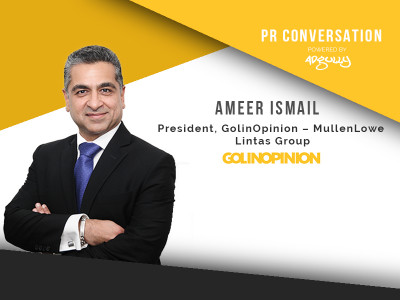






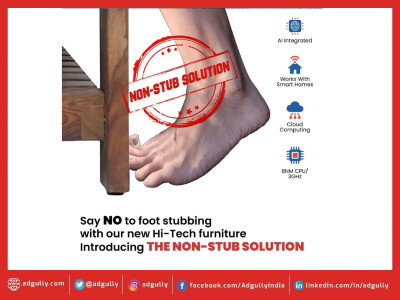
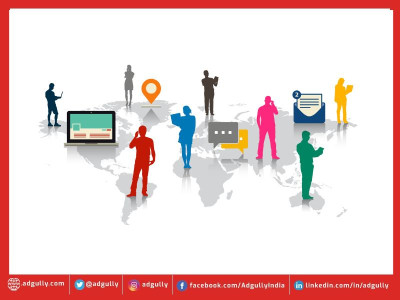

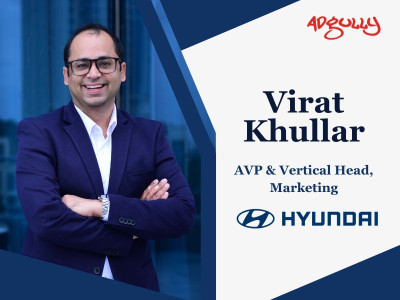
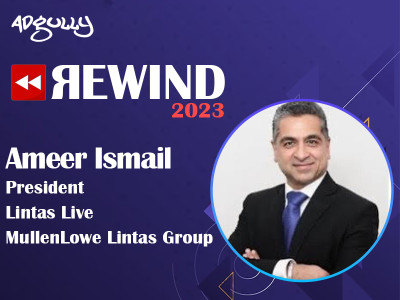



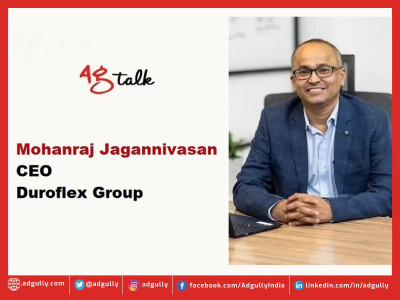
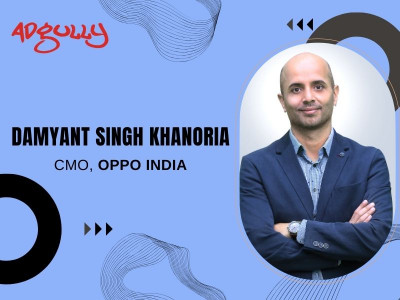
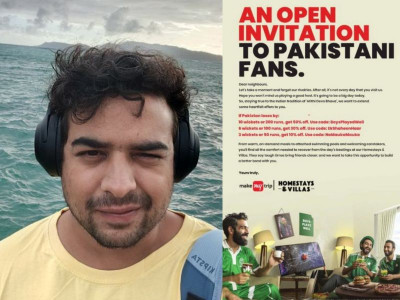



Share
Facebook
YouTube
Tweet
Twitter
LinkedIn